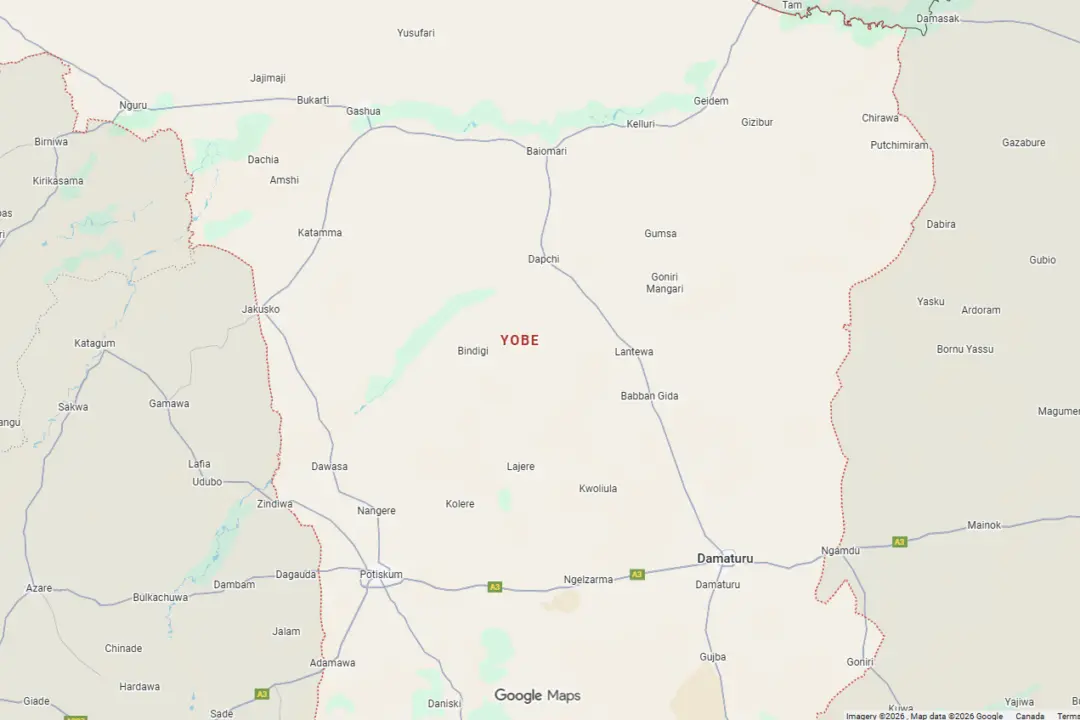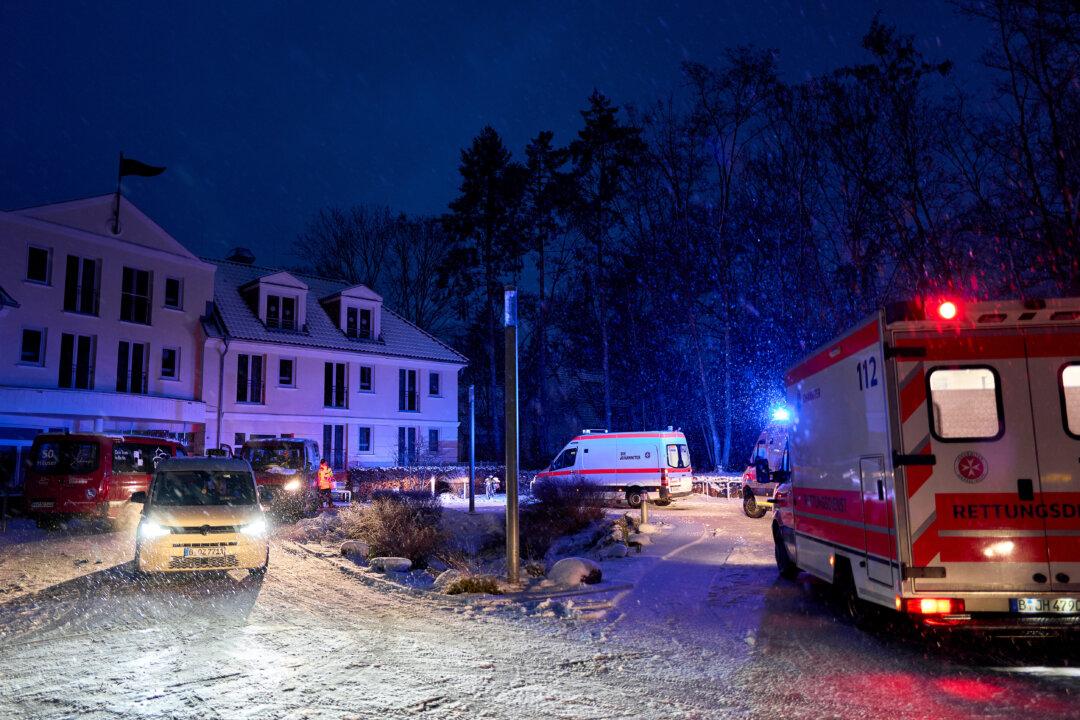GLASGOW, Scotland—The 18th-century writer Daniel Defoe called Glasgow “the dear green place” although it may not feel that way if you’re caught up in the bustle of busy Sauchiehall Street or logging a long day of meetings in the merchant city.
But step into Glasgow Cathedral and you’re transported to a hushed sanctuary that positively compels you to slow your stride and soak in the atmosphere of a medieval masterpiece that had already stood for hundreds of years by the time Defoe, best known as the author of “Robinson Crusoe,” visited.
Set near the city center, the cathedral mostly dates from the 13th century, although the history of the spot as a sacred place goes back to the 5th century. The remains of Glasgow’s patron saint, St. Mungo, are believed to be buried on the site. There are some interesting stained glass windows, including the great west window in the nave which shows the creation story from the Bible. Fragments of earlier buildings are on display in the lower church.
Admission is free, although donations are accepted, and volunteer guides can be found in the summer. Hit the church at just the right time and you may hear its celebrated choir practicing.
For even more serenity, cross the street to the Glasgow Necropolis, a 37-acre cemetery that is home to thousands of striking monuments arranged on a grassy, green hill. It’s an ideal place to spend a couple of hours enjoying sweeping views of the city. The Friends of Glasgow Necropolis offers tours, but Ruth Johnston, chair of the volunteer Friends group, says the cemetery is also “a beautiful place just to walk around without knowing anything about it.”
Highlights of the Necropolis include a monument to John Knox, the fiery reformation preacher considered the founder of the Presbyterian church (though his remains are actually buried in Edinburgh) and the “green man,” a giant face sculpted on a grassy bank.
Knowing the back stories of Glaswegians gone can add an extra fillip to your outing. Take the grave of William Harper Minnoch, marked with an ordinary family headstone but linked to a sensational story. Minnoch was the fiance of notorious Glasgow sociality Madeleine Smith at the time she was accused of poisoning her lover, Pierre Emile L'Angelier in the mid-1800s. The ensuing trial ended in the Scottish verdict of “not proven,” and Smith’s culpability has intrigued crime fans ever since.
Also close by is the St. Mungo Museum of Religious Life and Art.
If all that spirituality leaves you feeling in need of mortal sustenance, the nearby Cathedral House Hotel has a bar and restaurant.






